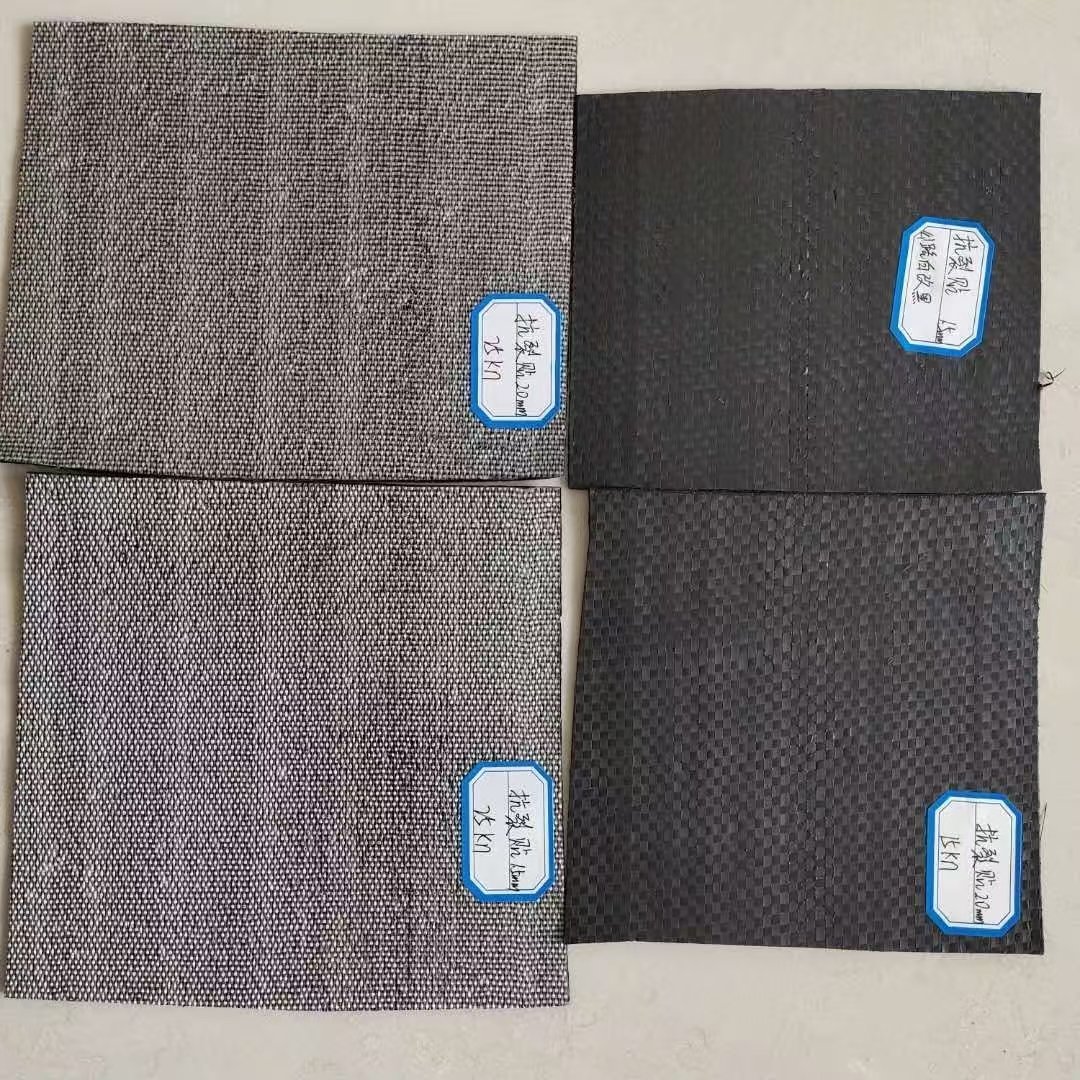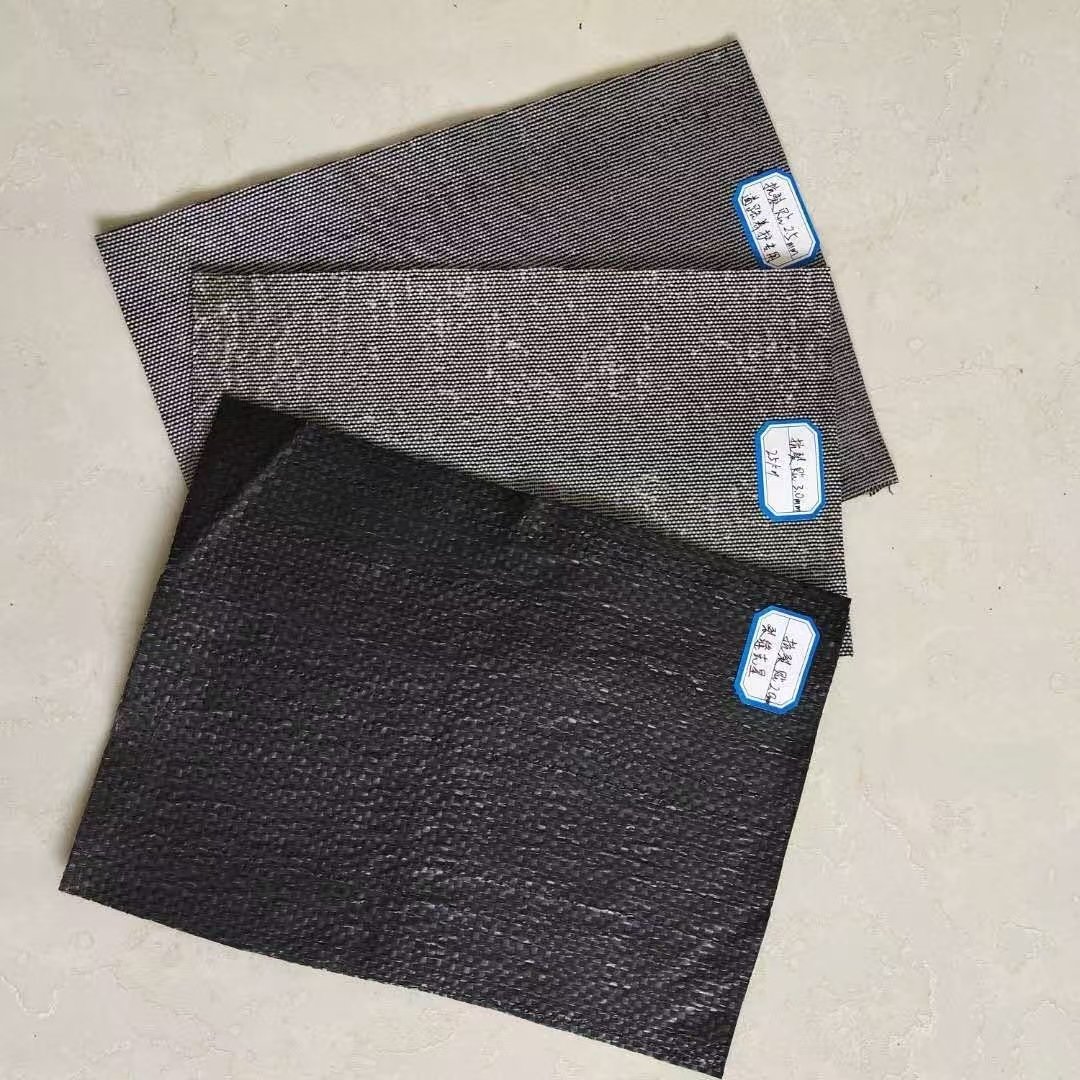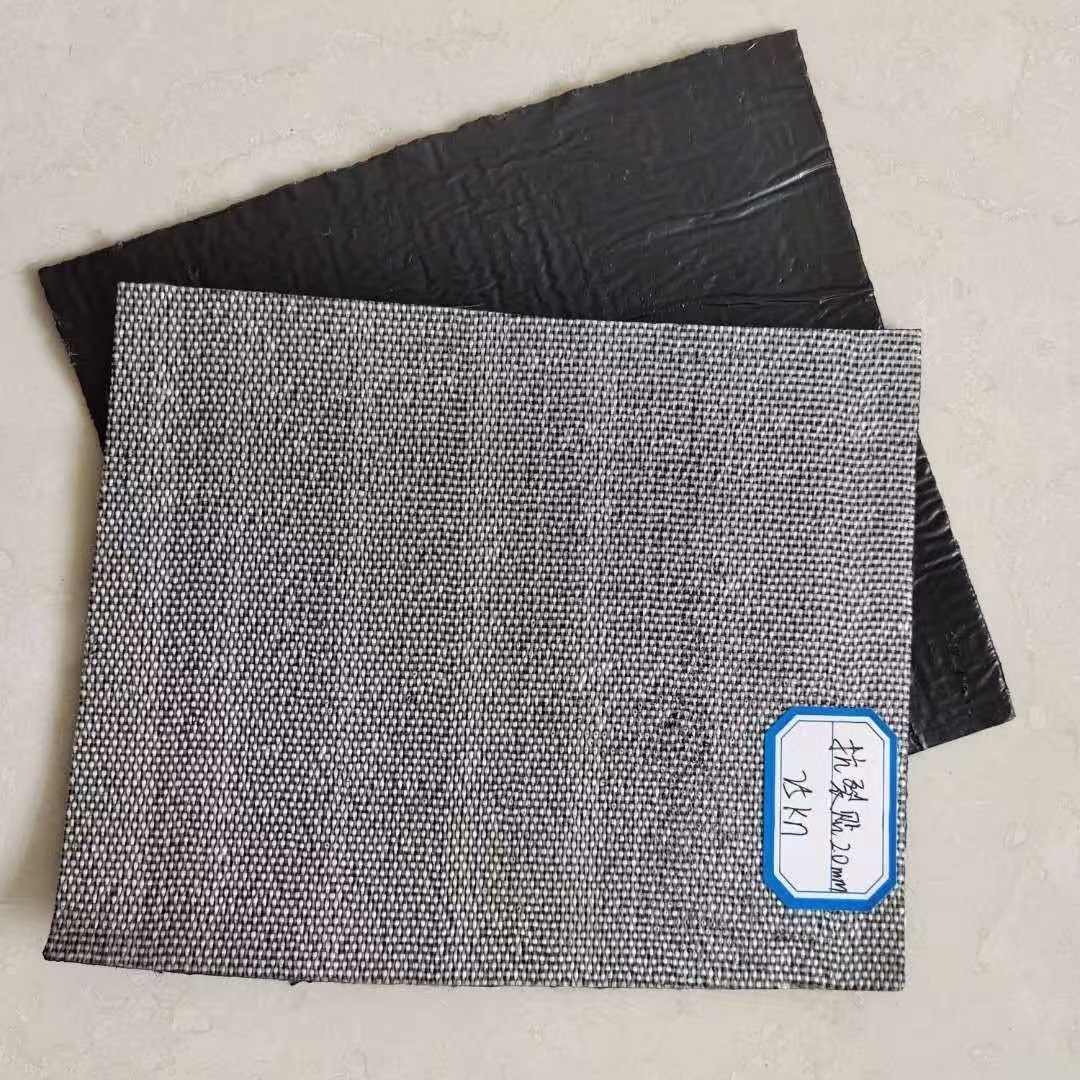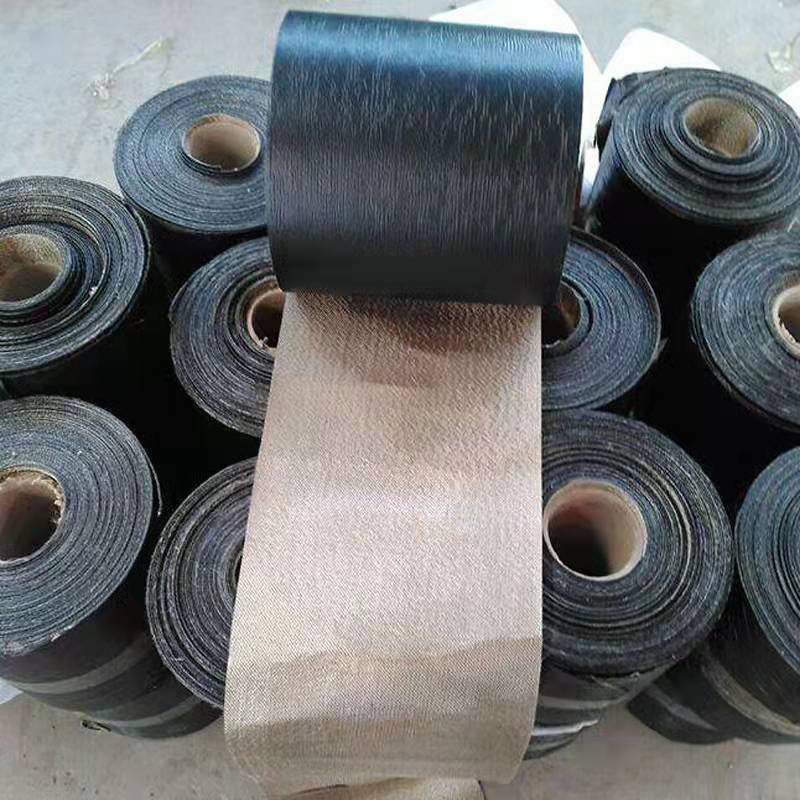Product Introduction
Polymer modified asphalt anti-cracking tape for asphalt overlay is made of base asphalt as raw material, SBS, high molecular rubber and plastic modified materials, and SBS and other polymers are evenly dispersed in asphalt through shearing, stirring and other methods to form SBS blended materials, coated on fiber fabric or fiber felt carcass through scientific processes, and made into rollable sheet materials with powder, granular, sheet or film materials as covering materials. The width of anti-cracking tape is generally 20cm, 25cm, 33.3cm, 50cm, 1m (unconventional sizes within 1m can also be customized), mainly used to deal with various forms of cracks on the road surface. When using, remove the isolation paper and directly apply it to the cracks on the road surface, which not only seals and prevents the spread of road cracks, but also effectively prevents water seepage from damaging the underlying structure and roadbed, and prolongs the service life of the road surface. The anti-cracking tape materials produced by our company are strictly produced, processed and tested according to the various indicators of “Polymer modified asphalt anti-cracking tape for asphalt overlay” JT/T 971-2015.
Product Features
- Excellent anti-cracking effect
- Excellent low-temperature flexibility, good resistance to up and down shear performance
- Good bonding performance 4. Good perforation resistance
- Good waterproof airtightness 6. Convenient and fast construction
Product Use
Applicable to road crack prevention for highways, railways, municipal engineering, cement concrete pavement white to black pavement and other roads.
Construction Guide
(I) Basic requirements for cement concrete pavement
(1) Cement concrete slabs must be stable. When the deflection value and the height difference between the adjacent sides exceed the design requirements, the roadbed should be reinforced.
(2) All kinds of gaps in cement concrete pavement (including expansion joints, construction joints, slab fractures, etc.) should be filled with flexible materials first, and the filling height should be level with the road surface.
(3) Broken and loose cement concrete should be planed off, and the defective parts should be repaired and leveled. The repair material can be asphalt concrete or quick-drying cement concrete.
(4) The surface of cement concrete slabs must be flat, clean, dry (water content not more than 10%), and not sandy.
(II) Apply base cleaning agent
Before laying the “anti-cracking sticker”, first apply the base surface special treatment (cleaning) agent on the cleaned base surface. During construction, you can use a roller brush or brush, with a dosage of 0.2 to 0.3 kg per square meter. The purpose is to consolidate the residual dust on the base surface and improve the bonding effect of the “anti-cracking sticker”. After the base surface special treatment (cleaning) agent is dry (based on non-sticky hands, generally 0.5-1 hour), you can lay the “anti-cracking sticker”.
(III) Laying “anti-cracking stickers”
Take the expansion joint (crack) as the center line, select the “anti-cracking stickers” according to the width required by the design, unfold them, and place them in the area where anti-cracking is to be done, with the isolation paper side facing down. Then lift half of the “anti-cracking stickers” in place, tear off the isolation paper below and lay them forward, so that the “anti-cracking stickers” are laid flat on the original base surface, and then,
According to the above method, the other half of the “anti-cracking stickers” are constructed.
(IV) After the “anti-cracking stickers” are laid, use sand bags or rollers to flatten the “anti-cracking stickers”.
(V) When two pieces of “anti-cracking stickers” overlap, the width should be 8 to 10cm. Use a roller to compact the overlap to make it firmly bonded.
(VI) Then lay fiberglass grids or directly spread asphalt concrete on the laid “anti-cracking stickers”.
Product specifications and technical indicators





